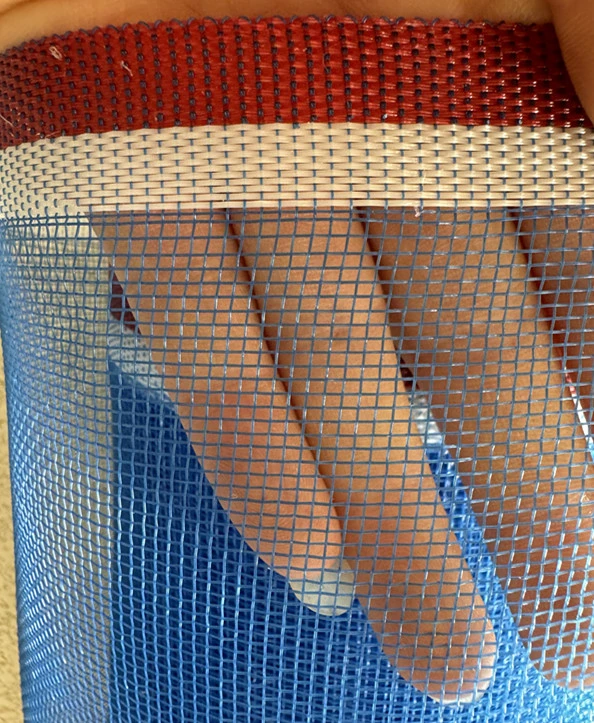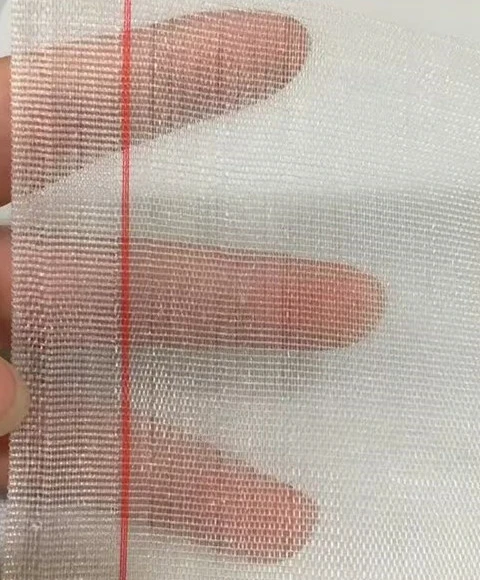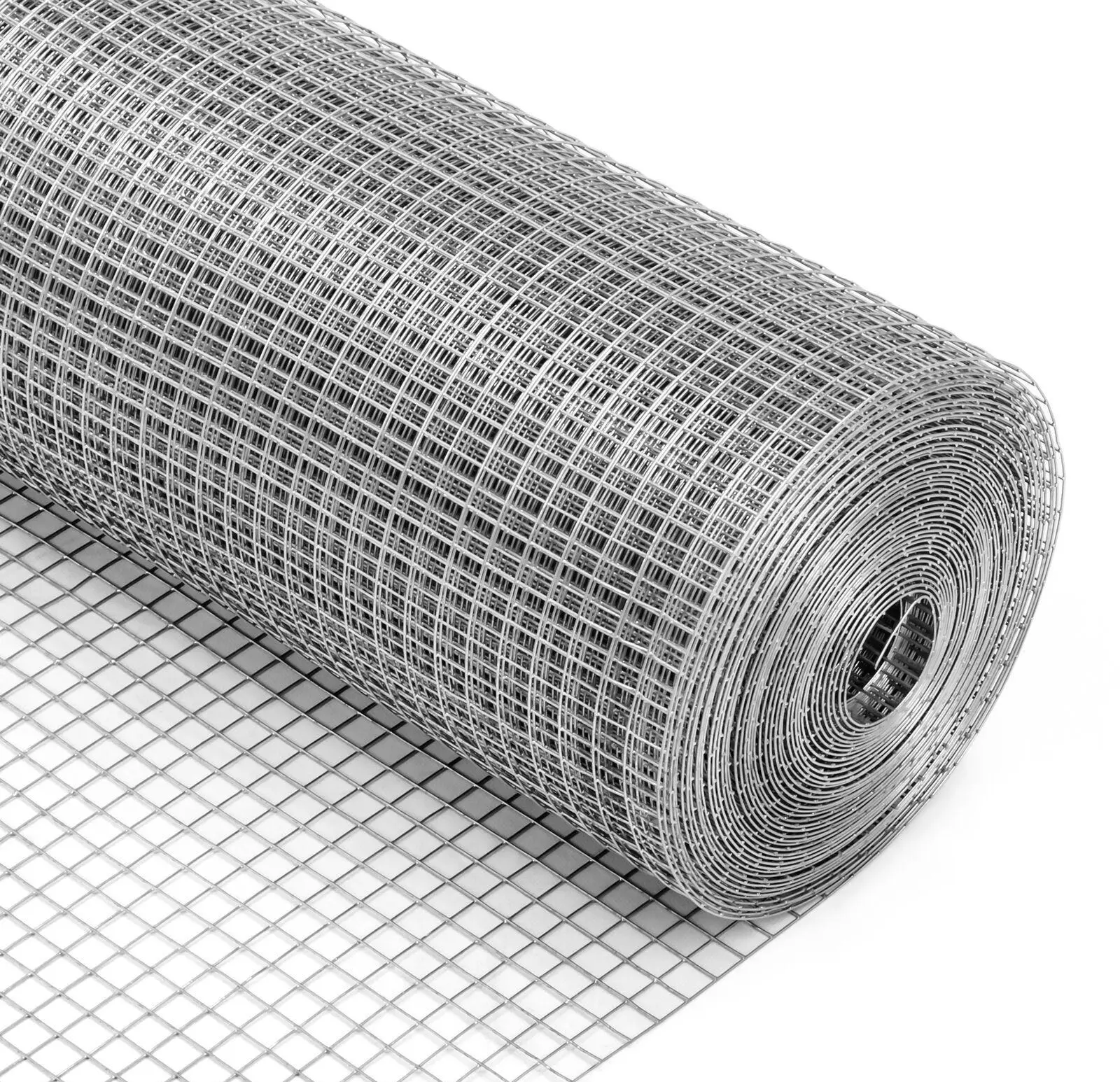-
 Afrikaans
Afrikaans -
 Albanian
Albanian -
 Amharic
Amharic -
 Arabic
Arabic -
 Armenian
Armenian -
 Azerbaijani
Azerbaijani -
 Basque
Basque -
 Belarusian
Belarusian -
 Bengali
Bengali -
 Bosnian
Bosnian -
 Bulgarian
Bulgarian -
 Catalan
Catalan -
 Cebuano
Cebuano -
 China
China -
 Corsican
Corsican -
 Croatian
Croatian -
 Czech
Czech -
 Danish
Danish -
 Dutch
Dutch -
 English
English -
 Esperanto
Esperanto -
 Estonian
Estonian -
 Finnish
Finnish -
 French
French -
 Frisian
Frisian -
 Galician
Galician -
 Georgian
Georgian -
 German
German -
 Greek
Greek -
 Gujarati
Gujarati -
 Haitian Creole
Haitian Creole -
 hausa
hausa -
 hawaiian
hawaiian -
 Hebrew
Hebrew -
 Hindi
Hindi -
 Miao
Miao -
 Hungarian
Hungarian -
 Icelandic
Icelandic -
 igbo
igbo -
 Indonesian
Indonesian -
 irish
irish -
 Italian
Italian -
 Japanese
Japanese -
 Javanese
Javanese -
 Kannada
Kannada -
 kazakh
kazakh -
 Khmer
Khmer -
 Rwandese
Rwandese -
 Korean
Korean -
 Kurdish
Kurdish -
 Kyrgyz
Kyrgyz -
 Lao
Lao -
 Latin
Latin -
 Latvian
Latvian -
 Lithuanian
Lithuanian -
 Luxembourgish
Luxembourgish -
 Macedonian
Macedonian -
 Malgashi
Malgashi -
 Malay
Malay -
 Malayalam
Malayalam -
 Maltese
Maltese -
 Maori
Maori -
 Marathi
Marathi -
 Mongolian
Mongolian -
 Myanmar
Myanmar -
 Nepali
Nepali -
 Norwegian
Norwegian -
 Norwegian
Norwegian -
 Occitan
Occitan -
 Pashto
Pashto -
 Persian
Persian -
 Polish
Polish -
 Portuguese
Portuguese -
 Punjabi
Punjabi -
 Romanian
Romanian -
 Russian
Russian -
 Samoan
Samoan -
 Scottish Gaelic
Scottish Gaelic -
 Serbian
Serbian -
 Sesotho
Sesotho -
 Shona
Shona -
 Sindhi
Sindhi -
 Sinhala
Sinhala -
 Slovak
Slovak -
 Slovenian
Slovenian -
 Somali
Somali -
 Spanish
Spanish -
 Sundanese
Sundanese -
 Swahili
Swahili -
 Swedish
Swedish -
 Tagalog
Tagalog -
 Tajik
Tajik -
 Tamil
Tamil -
 Tatar
Tatar -
 Telugu
Telugu -
 Thai
Thai -
 Turkish
Turkish -
 Turkmen
Turkmen -
 Ukrainian
Ukrainian -
 Urdu
Urdu -
 Uighur
Uighur -
 Uzbek
Uzbek -
 Vietnamese
Vietnamese -
 Welsh
Welsh -
 Bantu
Bantu -
 Yiddish
Yiddish -
 Yoruba
Yoruba -
 Zulu
Zulu
The Importance of Safety Mesh in Construction Sites
In the high-risk environment of construction sites, ensuring the safety of workers and preventing accidents is paramount. One of the most effective ways to maintain safety on-site is through the use of safety mesh, which plays a critical role in safeguarding workers from falling objects, debris, and other potential hazards. From debris netting to scaffold netting, these safety solutions are essential for mitigating risks and enhancing overall site safety. Let’s explore the importance of safety mesh and how it helps create a safer working environment on construction sites.

What is Safety Mesh and Why is It Essential?
Safety mesh refers to a strong, durable netting system designed to prevent accidents by securing construction zones and providing a barrier for falling materials. It is made of high-quality materials such as polyethylene or polyester and can be used in various configurations depending on the needs of the site. Safety mesh is primarily used to contain debris, protect workers from falling objects, and provide a physical barrier between different construction areas.
On construction sites, the risk of materials or tools falling from heights is a significant safety concern. Safety netting is strategically placed around scaffolding, high-rise buildings, or loading areas to catch falling debris before it hits the ground. This layer of protection is crucial in reducing the chances of injury, making safety mesh an indispensable part of construction safety protocols.
How Debris Netting Protects Workers and Property
Debris netting is one of the most common forms of safety mesh used in construction. It’s specifically designed to catch and contain debris that may fall from scaffolds, ladders, or elevated work areas. The importance of debris netting cannot be overstated, as falling materials—whether bricks, tools, or equipment—pose serious risks to workers and bystanders below.
The netting is built to withstand heavy impacts and harsh weather conditions, offering a reliable way to secure debris on construction sites. When properly installed, debris netting prevents materials from falling onto pedestrians, vehicles, or other workers, significantly reducing the potential for injuries. Additionally, the mesh helps keep the worksite organized, as it confines tools and materials, reducing the likelihood of hazards arising from scattered debris.
Scaffold Netting: A Key Component of Safety Mesh Systems
Scaffold netting is another critical element of safety mesh systems on construction sites. It is often used to enclose scaffolding, providing extra protection from falling objects. Scaffolds are common in the construction of tall buildings and other structures, and without proper protection, workers and pedestrians on the ground are exposed to serious risks. Scaffold netting offers a protective barrier that catches tools, equipment, and other materials that may accidentally slip or fall.
In addition to preventing debris from falling, scaffold netting also serves as a windbreak, which is particularly important in high-rise construction. The netting helps keep the structure in place, preventing it from being blown over or disrupted by strong winds. This added layer of protection ensures that scaffolding remains secure and that workers are safeguarded from environmental risks.
Enhancing Overall Site Safety with Safety Netting
Safety netting is an essential tool for creating a safer construction environment. It provides several benefits, including preventing falls, protecting workers from falling debris, and reducing liability for construction companies. Properly installed safety netting creates physical barriers around work areas, ensuring that employees working at elevated heights are protected from accidents caused by tools or materials falling from above.
Moreover, safety netting contributes to worker morale by offering peace of mind. When workers feel safe, they are more likely to focus on their tasks and perform efficiently. Additionally, the presence of safety mesh systems helps construction companies comply with safety regulations and standards, ultimately promoting a culture of safety across the industry.
In conclusion, safety mesh systems such as debris netting, scaffold netting, and safety netting are integral to the safe operation of construction sites. These protective barriers not only prevent falling objects and debris but also safeguard workers from potential injuries, reduce liability, and help ensure the overall success of construction projects. Whether you’re constructing a high-rise building, a residential home, or a commercial structure, safety mesh is a critical component of your safety protocol. By incorporating safety netting into your site management strategy, you’re investing in the protection of your workers and the long-term success of your construction projects.
Explore our range of safety mesh solutions today to ensure your construction site is secure and compliant with safety regulations.
-
Anti Hail Net | UV-Stable, High-Strength Orchard ShieldNewsNov.17,2025
-
Anti Bird Netting – UV-Stable, Durable, Humane ProtectionNewsNov.17,2025
-
Welded Wire - Durable, Rust-Resistant Mesh, Custom SizesNewsNov.17,2025
-
Garden Mesh Sun Shade – UV-Resistant, Durable, Custom SizesNewsNov.17,2025
-
Bird in Net Solution: Humane, UV-Resistant Bird NettingNewsNov.17,2025
-
Stainless Steel Filters: Durable, Washable, High-FlowNewsNov.10,2025











